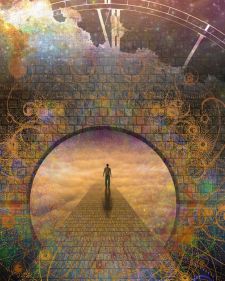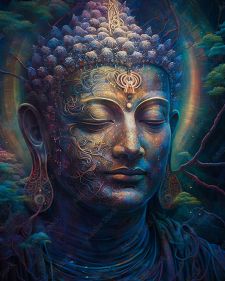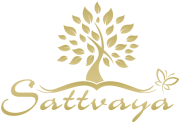About Sacred Plants & Ayahuasca
History of Sacred Plants & Ayahuasca
For centuries, various indigenous tribes scattered across the Amazon region have used sacred plant medicines such as Ayahuasca as an integral part of their traditional medicine and religious rituals. Following ancient recipes, local shamanic healers (ayahuasqueros and curanderos) brew a potent tea. This is consumed to induce a so-called holotropic state of consciousness, which promotes both physical and emotional healing.
The plant medicine Ayahuasca is made from the vine Banisteriopsis caapi, called Caapi for short. The name comes from the indigenous Quechua language and means " Vine of the Soul". Traditionally, in and around the Amazon, Ayahuasca has been regarded by local healers as a sacred medicine (La Medicina), due to its purifying, healing and spiritual properties for the body and mind.
The original version of Ayahuasca contained only Banisteropsis caapi, but in later times other sacred plants such as Chacruna (Psychotria viridus) were added to make the experience deeper and more intense. At Sattvaya, our participants also have this choice, and we can individually adjust the ratio of Caapi to the other sacred plants for each individual.
In recent decades, the use of this traditional South American Plant Medicine is spreading rapidly around the world, for therapeutic purposes and to promote personal or spiritual growth. Consequently, the setting in which the Medicine is used takes many different forms. There are the more traditional ceremonies, often led by indigenous* shamans from the Amazon region; the religious use of Ayahuasca by Brazilian religious church denominations Santo Daime and União de Vegetal; the neo-shamanistic way, where ancient tradition is combined with contemporary therapies; and the (clinical or non-clinical and) mainly therapeutically oriented method. At Sattvaya, our setting and the way we use the medicine fall between the latter two categories.
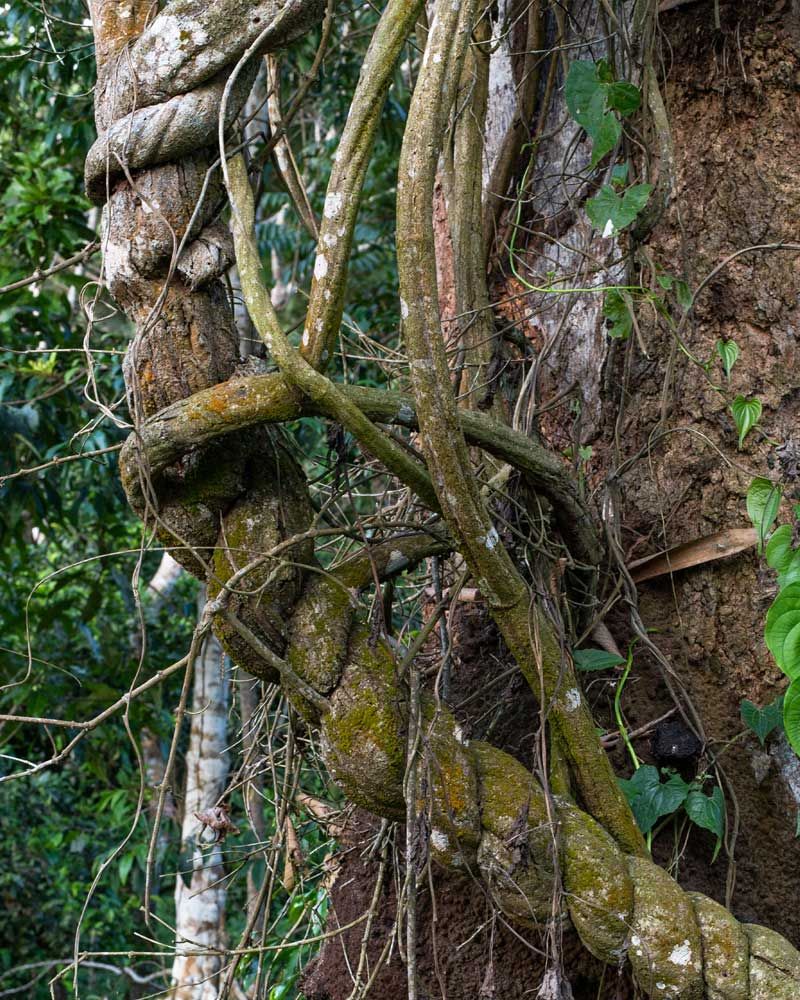
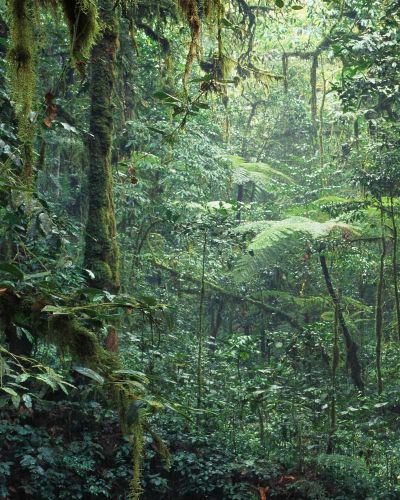

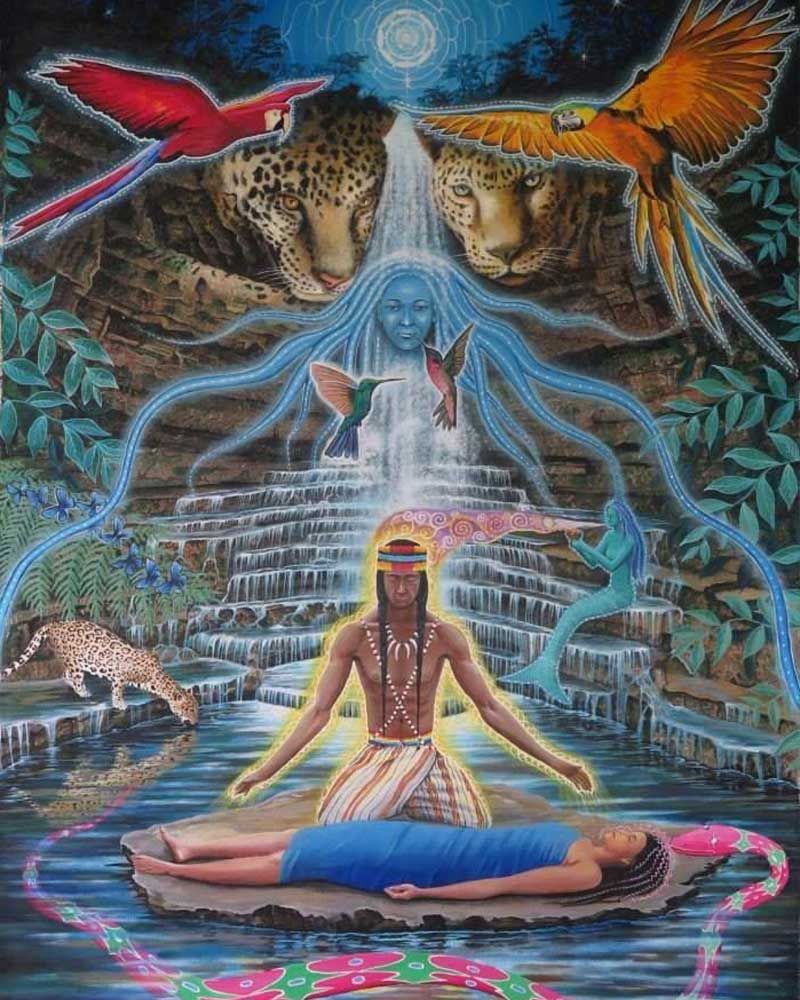
The healing power of sacred plants and ayahuasca
Many plant medicines like Ayahuasca are referred to as entheogenic, a relatively* new term, which can be translated from Greek as "awakening the God within us". This term describes the powerfully purifying and healing effect on the energetic body, the connection that can be experienced with our higher selves and the feeling of unification with the universe.
The experience is considered a journey, and varies from journey to journey, from person to person, in both intensity and content. During a journey, there are usually distinctly different stages. Experiences of pure love, inner joy and (intense) peace may alternate with more challenging or confrontational moments. Thus, we are prompted to face our shadow, the shadow that each of us carries. In addition, all kinds of emotional and physical discharges can be triggered, such as crying or laughing, trembling or vomiting. This is also called "La Purga", a nickname for Ayahuasca, which translated from Spanish means purification.
Undergoing this process precisely with an open and curious attitude, and gradually surrendering to it, literally creates space on a physical, emotional and mental level. Thus, the veil of existing, limiting patterns is lifted, to behold our true selves with love and gratitude. This paves the way to develop supportive patterns and make powerful choices, when it comes to living from our essential core in all aspects of life.
The concept of the shadow self, as described by Carl Jung, refers to hidden or repressed aspects of the self that can include negative emotions and impulses. By acknowledging and integrating these aspects of the self, one can gain a better understanding of themselves and improve their overall well-being. Although confronting the shadow can sometimes be uncomfortable, it is an important step in self-awareness and personal growth.
Caution
Since the process can be deep and can also be intense and erratic, it proves very important to undergo such a journey only under the supervision and guidance of experienced, knowledgeable and empathetic facilitators. Under such supervision, you are provided with a safe setting and environment, and you are supported with attention, love and knowledge in navigating the experience optimally during any difficult parts.
Furthermore, it is of the utmost importance to know that the plant medicine Ayahuasca is not suitable for everyone. There are risks involved. We therefore advise you to always inform yourself well in advance about what Ayahuasca is and about possible contraindications with regard to specific physical, emotional or mental conditions and certain medicines.
Sharing: Integration and aftercare
After a ceremony, most people feel a lot lighter, as if a burden has fallen off their shoulders or chest. However, every participant will have a unique experience. Combined with the right guidance and (skilled) care, Ayahuasca will ultimately give you what you need, at that moment, in your own process.
After the ceremony, grounding and integrating the experience into daily life becomes the key to true healing and transformation. This creates more clarity and insight, to access the integration (of the experience), and to (help) achieve the reversal of patterns. When necessary and if desired, we also offer aftercare in the form of therapy, in consultation

Botanical compositions and biological action
Originally, Ayahuasca contained only the vine Banisteriopsis Caapi. It was only at a later stage that ayahuasceros & curanderos added another master plant: the leaves of Chacruna (Psychotria Viridus).
The vine, Caapi contains the so-called harmala alkaloids, namely: harmine, harmaline and tetrahydroharmine. Besides having a mild psychoactive, sedative, calming, visionary and cleansing effect, these substances inhibit the action of MAO enzymes in the human body. This effect ensures that the active ingredients of the other Master plants are not broken down, but rather absorbed by our bodies in an active state.
Caapi itself is attributed a motherly, heart-warming energy, and is therefore also called Mother Ayahuasca or Mama Aya.
The other Master plants used contain substances/components that make the experience more luminous, brighter and more colourful, making it more visionary and profound One of these substances is also known as "The Spirit Molecule".
The combination of the Caapi vine with these other Master plants creates a special symbiosis, an interplay that allows the person consuming it to take an inner journey. In this way, you can go even deeper into your process, and have a more visionary and sometimes even mystical experience.
Sometimes it feels as if Mother Nature, Pachamama, Mother Earth wants to connect and communicate with us through plant medicines like Ayahuasca, to share her love, healing and universal wisdom with us.
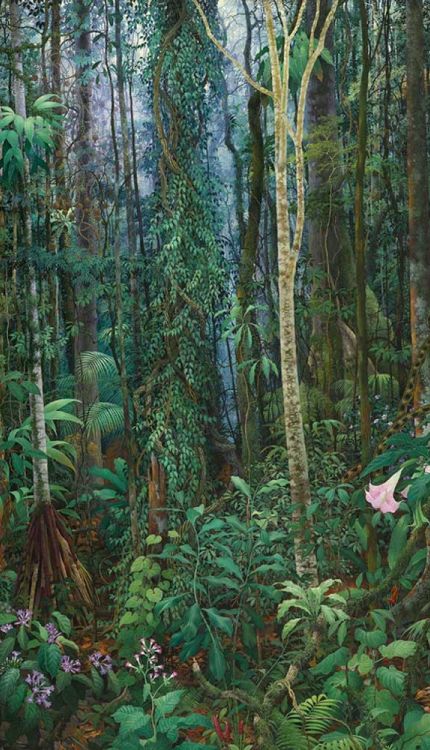
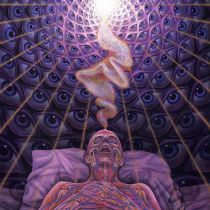
What we work with
At Sattvaya, we work with various plant medicines and always inform participants of our retreats clearly and distinctly which master plants we will be working with. We never work with ready-made concoctions or concentrates - the plants we use are invariably carefully selected for quality and origin. With respect for the original traditions, we brew our tea ourselves, in an appropriate, ritualistic setting, with the setting of intentions, prayer and music
"In all chaos there is a cosmos, in all disorder a secret order” ~ C.G. Jung ~
Contra-Indications
We advise all our participants to inform themselves well in advance, and research the possible risks and contraindications associated with working with Ayahuasca.
Below you can find more information on precautions & contraindications (such as lists of specific pharmacuticals and medications, recreational drugs and other preparations).
It is very important to do some soul-searching and reflect on why you want to work with this plant medicine. Do you feel willing to travel deep within and go on a self-exploration journey? What motivates you? What do you want to get out of it? And what goal do you have in mind, what intention?
-
Mental
If you have a history of psychosis*, schizophrenia or borderline, we advise against participating in an Ayahuasca ceremony.
-
Physical
If you have a history of having physical complaints such as cardiovascular disease, severe kidney problems, strokes, brain infarcts, severe neurological disorders, or epilepsy, we advise against participating in an Ayahuasca ceremony with.
-
Medicines, recreational & psychoactive drugs and herbs/herbal preparations
Life-threatening situations can arise from combining Ayahuasca with: virtually all antidepressants (such as SSRIs) and stimulants, common migraine medications, certain herbs and most cold medications (including decongestants, antihistamines, and cough syrups). The same goes for certain recreational drugs.
The MAOIs in Ayahuasca have reversible or reversible effects, and are therefore also called 'Reversible Inhibitors of Monoamino oxidase A' or RIMAs for short. Although safer than irreversible or irreversible MAOIs, the RIMAs present in Ayahuasca can still have very dangerous and sometimes fatal interactions with many common drugs. In particular, they can cause serotonin syndrome or hypertensive crisis when combined with the above drugs - for more specifications, see the lists below.
Therefore, be honest and inform yourself and us well before participating in any ceremony!
- Other MAOIs
- Antidepressants such as: SSRIs (selective serotonin reuptake inhibitor), SNRIs (selective serotonin and noradrenaline reuptake inhibitors), TCAs (Tricyclic antidepressants)
- Anti-psychotics
- Central nervous system (CNS) medication to suppress or sedate such as: barbiturates, benzodiazepines, most sleeping pills, opioids
- Sympaticomimetics & Amphetamines: such as adhd medication among others
- Antihypertensives (high blood pressure medication)
- Some medications for asthma, bronchitis or other respiratory problems (specially when used in large quantities.
- Antihistamines, medication against colds, sinus problems, hay fever or allergies (Actifed DM, Benadryl, Benylin, Chlor-Trimeton, Compoz, etc)
- Hunger suppressants (diet pills)
- Anaesthetics
Please note:
These lists are not exhaustive! If you use any form of prescription or recreational drugs, always inform yourself well and if in doubt, contact a professional such as your family doctor or a therapist, specialist or pharmacist. You can also contact us, although we are not medical experts!
More information about contra-indications and Ayahuasca diet you find here on this page
ayahuasca reviews & experiences
Maria
"I could have never expected a better setting, so safe and loving. Surrendering was possible thanks to all the help that I received which I’m eternally grateful for. The music was magical, the vibe, the singing and dancing, the sharing circles – all had a massive. positive impact on my experience."

Marise
"I deeply appreciated the loving care we received from the facilitators of the group and Ronald’s wisdom, skill and reverence for the sacredness of the plant spirits, creating a safe container where magic can happen. The music was also perfect and very inspiring in my inner journey, I will keep it in my heart forever"

Joel
"Ik overdrijf absoluut niet als ik zeg dat naar deze retraite gaan het beste was wat me ooit is overkomen! De muziek en de steun van de begeleiders was veel meer dan ik ooit had kunnen dromen en maakte het voor mij relatief gemakkelijk om me over te geven. Ik probeer aan iets negatiefs te denken, maar ik kan het gewoon niet! 10/10."

Alison
"Thank you so much to all of you that held such a nourishing, safe and creative space for my first ever Sacred Plants experience. It was a beautiful struggle at points but I felt truly secure to surrender into the journey and attune to my process and intention. I felt so much love, universal love and a very deep connection to myself and loved ones."



